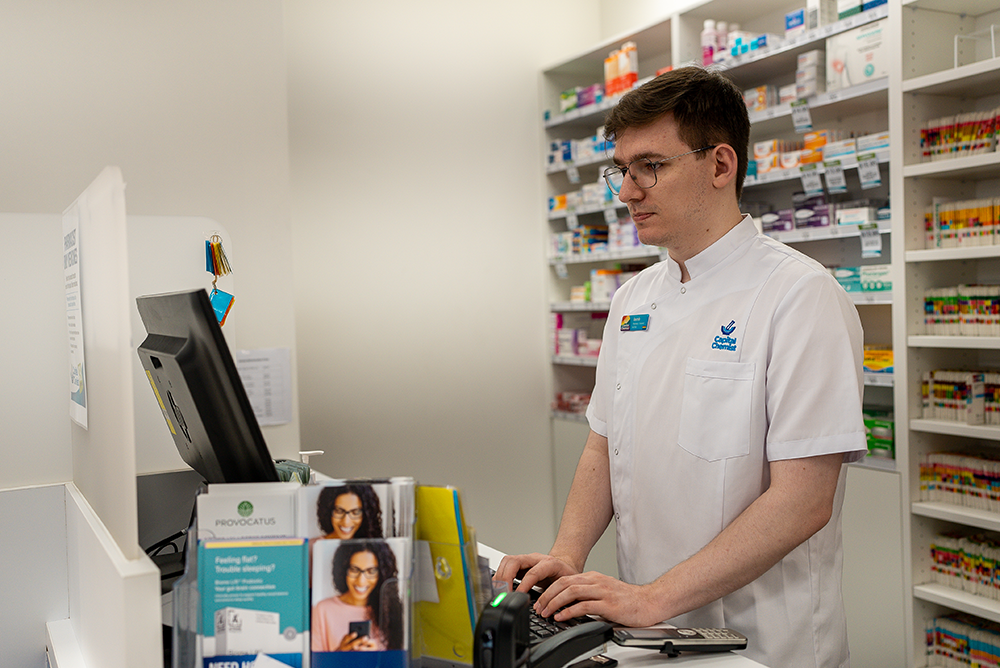As many countries grapple with healthcare challenges following COVID-19 and global instability, Mr Miller said pharmacists’ clinical expertise, backed by evolving technologies, is needed more than ever.
Since 2016, Australia’s Quality Care Pharmacy Program has contracted global professional services firm EY to carry out bi-annual, onsite assessments and accredit pharmacy owners whose business model meets national requirements.
“Over this time, we’ve watched management systems and service delivery significantly improve across the industry,” Mr Miller said.
“COVID-19 was a classic example of how community pharmacists can adjust their approach to rapidly roll out vaccinations to support the community, despite their own staffing challenges.”
Mr Miller pointed out that many pharmacists are not aware of the broad range of services provided by EY, in addition to accounting services. “EY provides a broad range of assurance, consulting, tax and advisory services across a range of industries like health, education, government and technology.”
The assessment system is one of rigor and integrity, designed and executed by experts in community pharmacy.
Twenty people are on the assessment team, of which around 80% are trained pharmacists and pharmacy assistants. Others are experienced in quality management.
“They know the program well, they know pharmacies extremely well, and they bring that expertise and skill to the assessment.
“We are mindful it’s a technical subject matter – community pharmacy is a unique operating environment with a unique set of challenges, and we have customised and refined our model.”
Clinical governance, quality control, business management and human resources are key components of the assessment.
“We focus on the delivery of pharmacy and professional services, records are being kept appropriately, vaccination spaces are fit for purpose, equipment is calibrated properly – the program helps pharmacies maintain a standard that would be expected of any primary healthcare facility.”
Our assessors work with pharmacists to create an environment of discussion rather than a punitive regime.
Mr Miller understands undergoing assessments while managing day-to-day operations can feel daunting; however, he said assessors are approachable and want to help pharmacists perform well.
“Assessors are trained to create a supportive environment, and many pharmacists leverage the assessments as a learning experience.
“We try to be a light touch in terms of interaction, so we aren’t distracting staff trying to deliver a service.”
Pat Miller has three tips to help Australian pharmacists exceed in assessments.
- Digitisation
Pharmacists who embrace digital technology for documentation management can quickly provide evidence and records. - Organisation
Pharmacists who perform well have robust procedures in place in terms of organising staff and completing daily activities - Integrate QCPP into business
By having QCPP incorporated into management systems and day- to-day operations, pharmacists can respond naturally to assessors’ questions, while still serving the needs of their customers.
Listen
Listen as EY Partner Pat Miller provides his three main tips on how to perform well.









